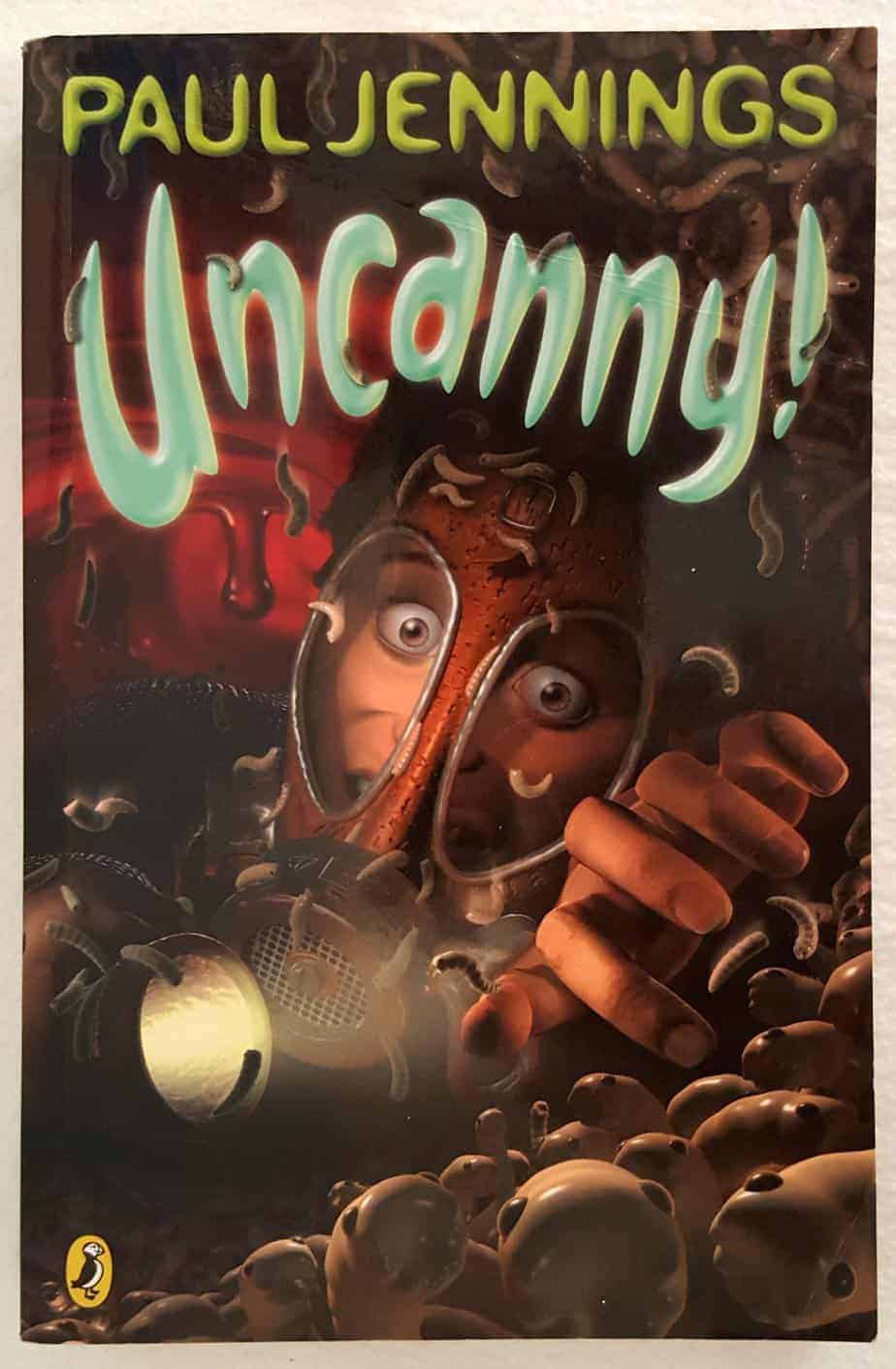-
Writing Activity: Describe A View From A Moving Vehicle

When conveying the movement of the vehicle, Lists and Repetition as Storytelling Technique may come in handy. Now on the streetcar going to Lena’s place I couldn’t stop the stupidity. I said, “Are we still downtown?’”The high buildings had been quickly left behind but I didn’t think you could call this area residential. The same
-
The Bear Came Over The Mountain by Alice Munro Short Story Analysis
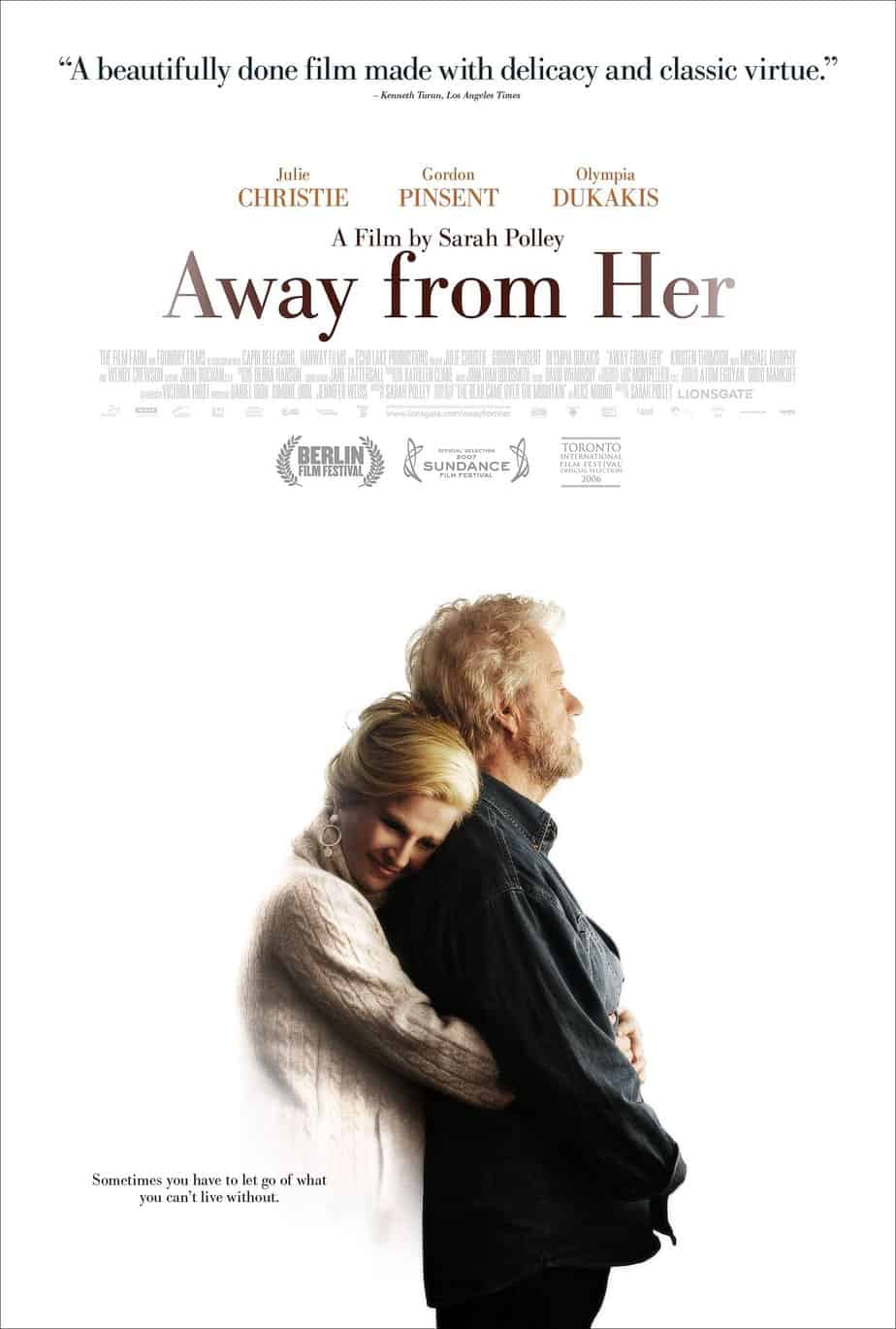
“The Bear Came Over The Mountain” is one of the 25 Alice Munro Stories You Can Read Online Right Now. (There’s a possible paywall.) Sarah Polley adapted this short story for film. The film is called Away From Her. This story was first published in The New Yorker (December 27, 1999 and January 3rd, 2000). THE TITLE OF
-
The Lion, The Witch and the Wardrobe Storytelling
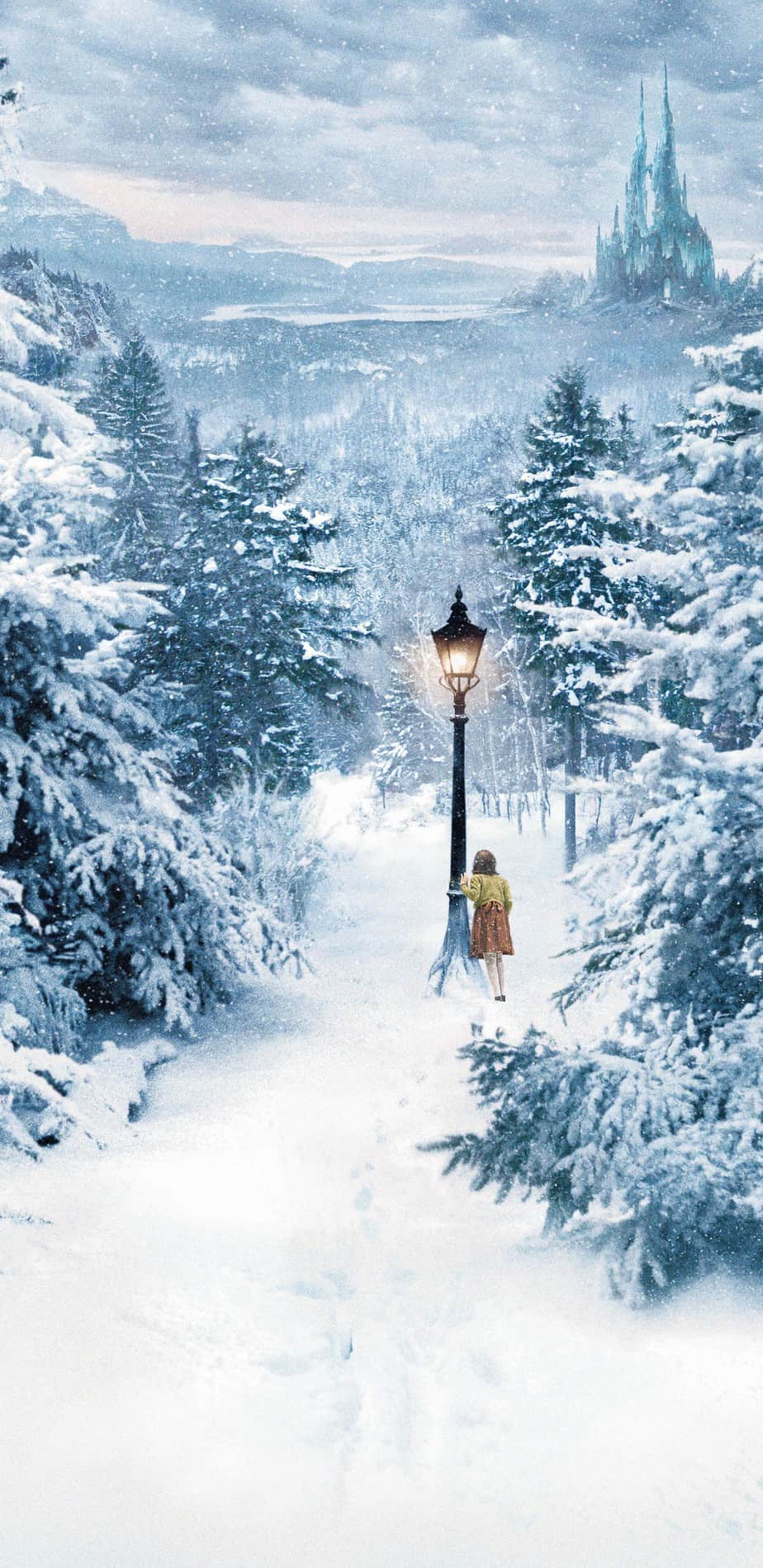
So much has been said about Narnia already. Can I add a single thing to the corpus by blogging about storytelling techniques in The Lion, The Witch and the Wardrobe? Probably not, but my 10-year-old is studying this novel at school. She’s home sick today. I know the rest of her class is watching the
-
Notes On A Quiet Place Film
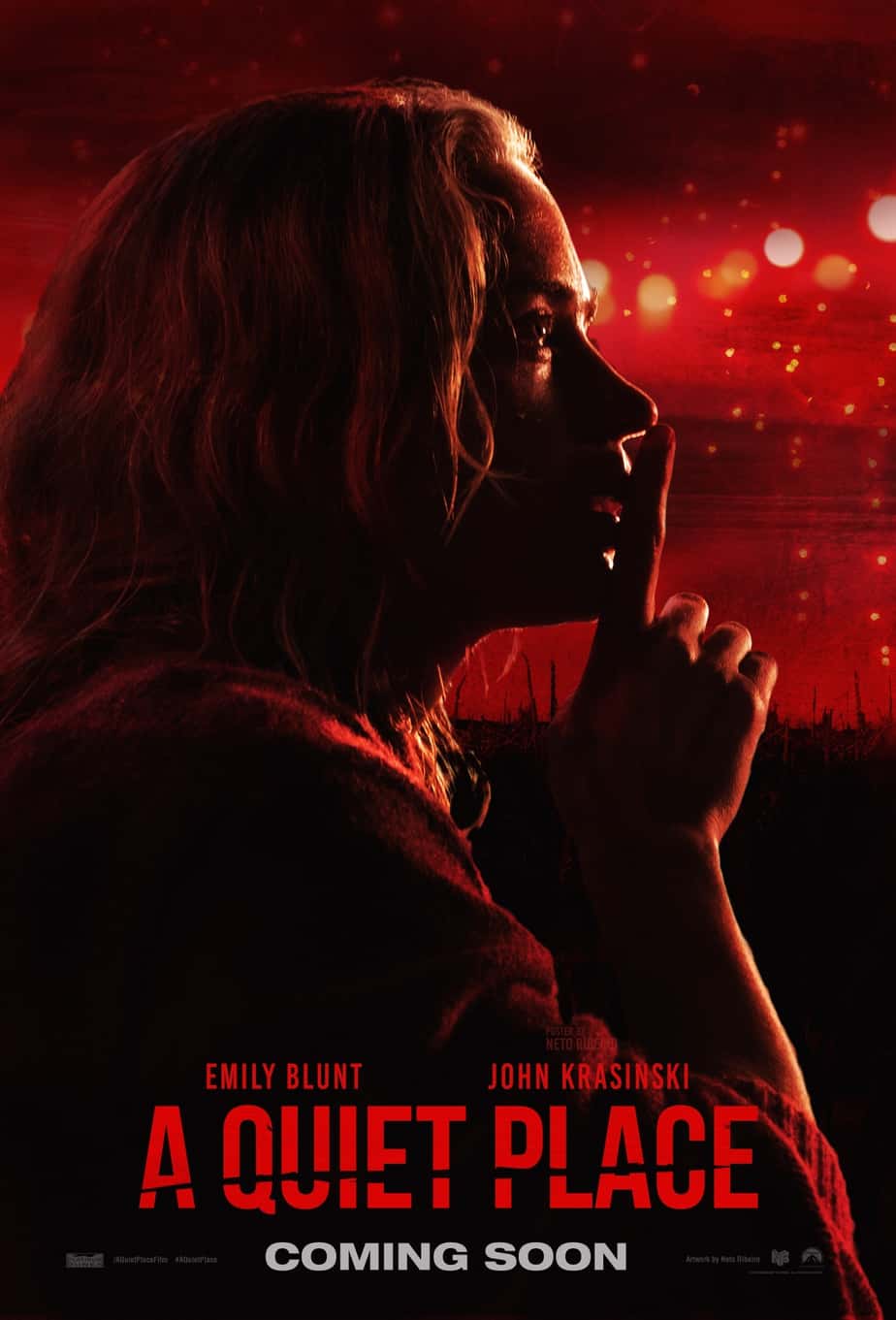
A Quiet Place is a suspenseful 2018 film directed by John Krasinski, also starring John Krasinski. John Kransinski shares a writing credit with two other guys. A Quiet Place is one of those films where if you see the trailer, you’ve seen the whole film. So don’t watch the trailer if you intend to see
-
Champion by Ring Lardner Analysis
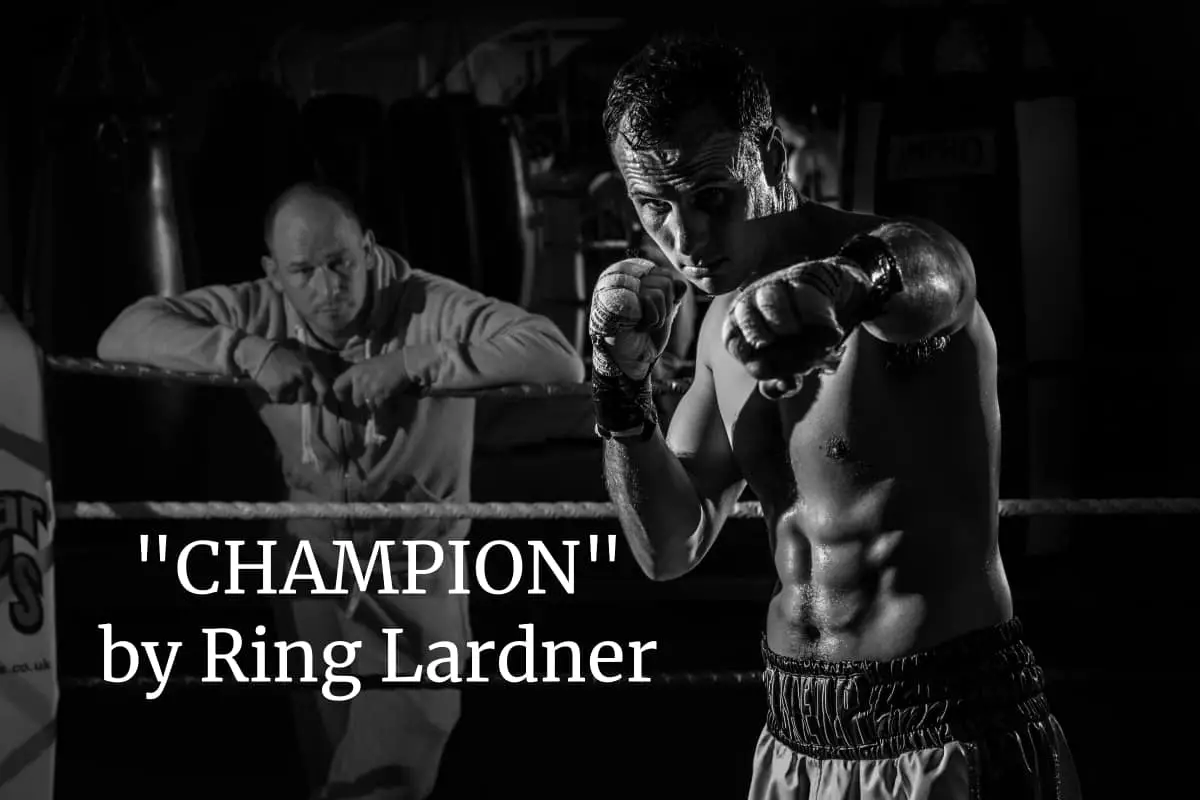
“Champion” is a short story about boxing by Ringgold Lardner, who was an American sports columnist as well as a short story writer. He had three main subjects: sports, marriage and theatre. The story was first published in October 1916, Metropolitan magazine. Lardner’s family was wealthy, he had to wear a brace on his foot
-
The Wrestler Film Analysis: Appearance vs. Reality
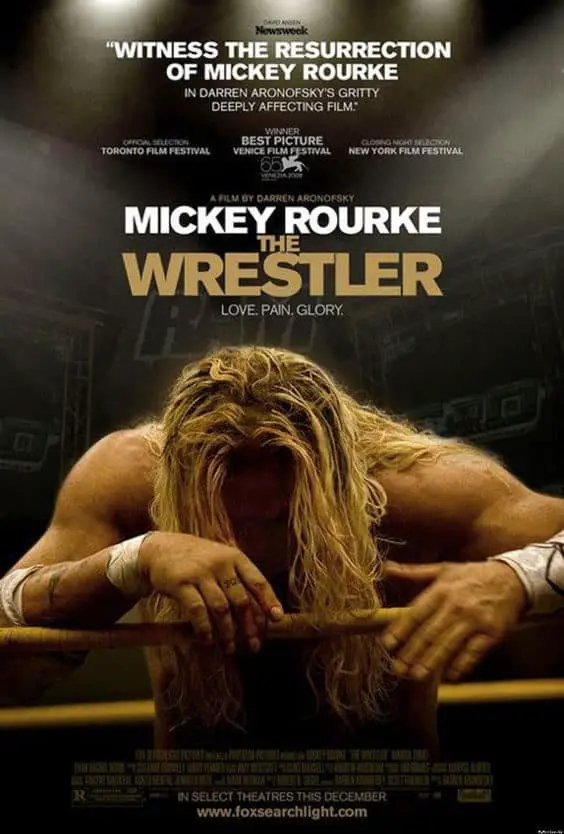
The Wrestler (2008) directed by Darren Aronofsky remains one of the best, and also one of the saddest, films I’ve seen. Australia’s Margaret and David both gave the film five out of five stars. Logline: A faded professional wrestler must retire, but finds his quest for a new life outside the ring a dispiriting struggle.
-
The Three Strangers by Thomas Hardy Short Story Study
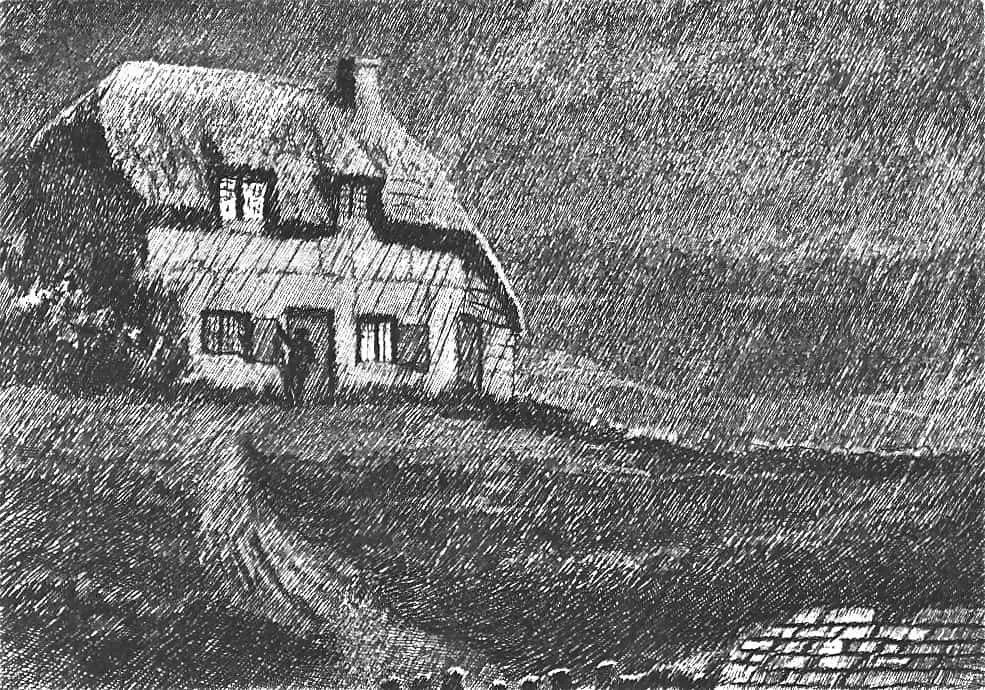
“The Three Strangers” is a short story by Thomas Hardy, published as a serial in 1883. The story is set in 1820s pastoral England and is one of Hardy’s ‘Wessex Tales’. SETTING OF “THE THREE STRANGERS” Reading this story now, nigh on 200 years after it’s set, the setting of “The Three Strangers” feels almost
-
The Secret Life of Walter Mitty by James Thurber Short Story Analysis

“The Secret Life of Walter Mitty” (1939) is a short story by American humorist James Thurber. The story has been adapted several times for film, most recently in 2013. I haven’t seen the films but it’s interesting someone financed feature length movies out of a story so short — “Walter Mitty” is 2,512 words. “Brokeback
-
Rain by W. Somerset Maugham Analysis
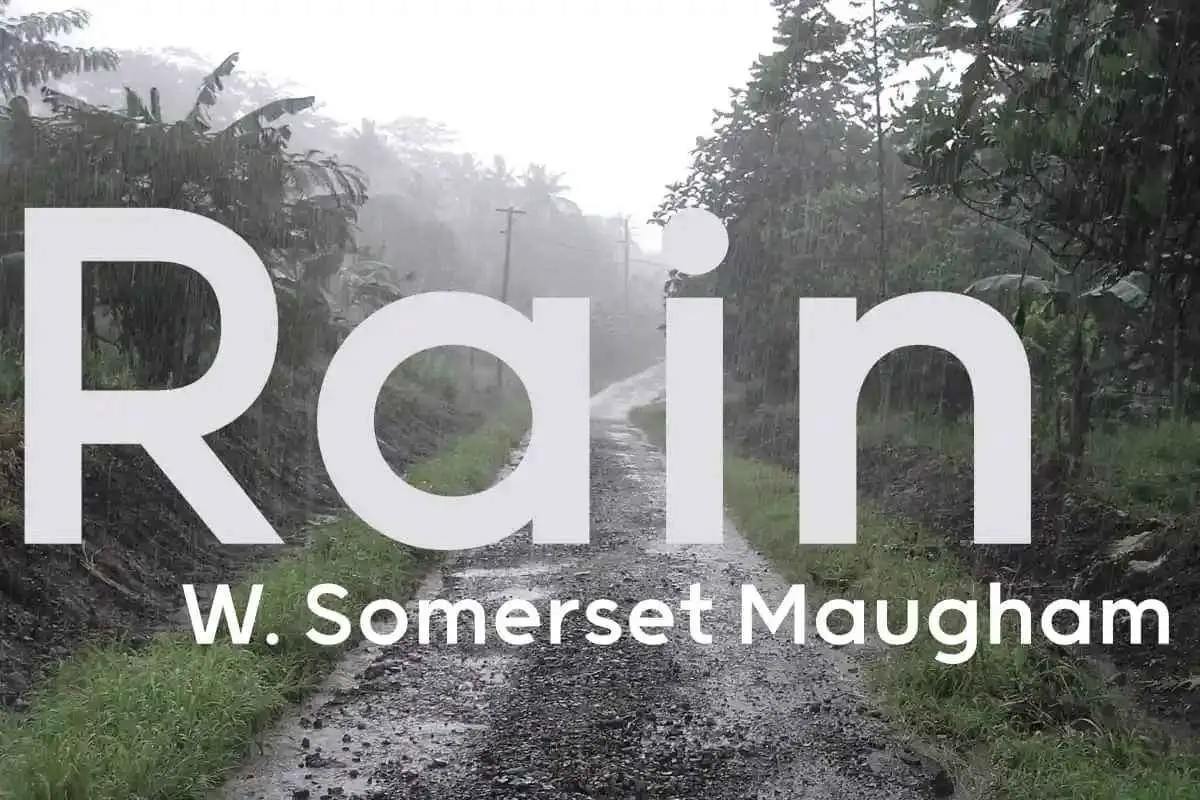
“Rain” by W. Somerset Maugham is a fish-out-of-water story, in which characters wholly unsuited to their environment become marooned somewhere due to external circumstances.
-
The Happy Hypocrite by Max Beerbohm Analysis
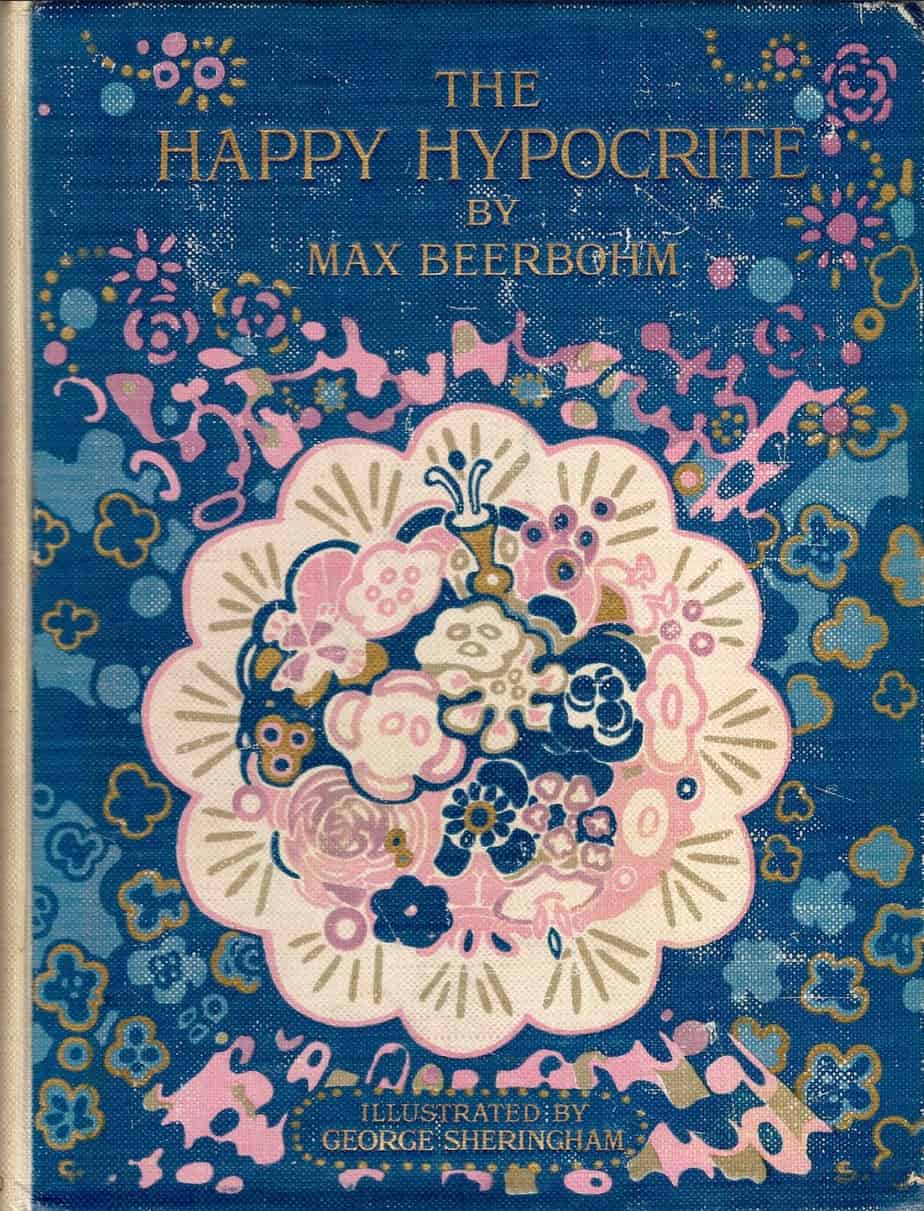
“The Happy Hypocrite” is a short story by Max Beerbohm first published 1897. Basically, in this misogynistic tale, a man who won’t take no for an answer pursues a much younger girl anyway. Her goodness improves his countenance for real, and he is rewarded by owning her forever after. Lest you think “The Happy Hypocrite”
-
I’m A Fool by Sherwood Anderson Analysis
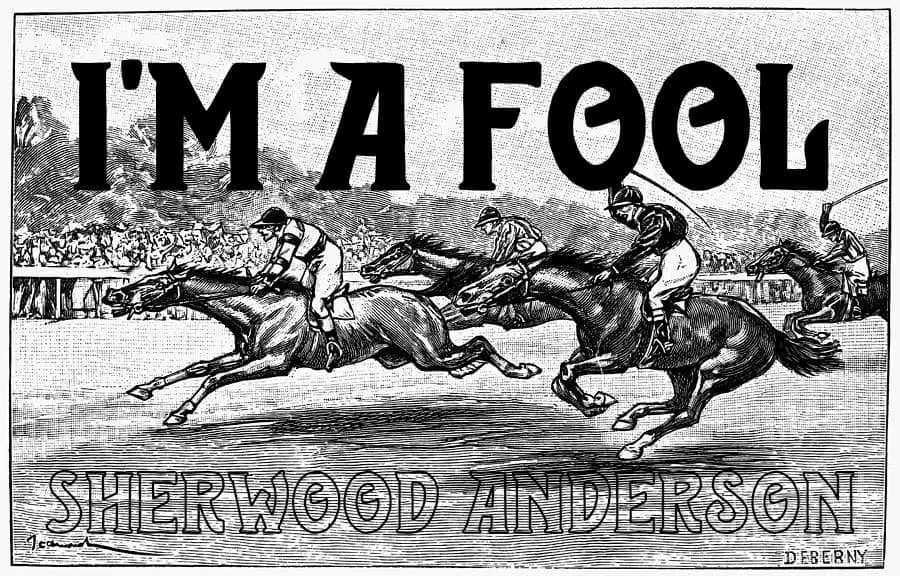
“I’m A Fool”(1922) is a short story written by American Sherwood Anderson, who was born around the time Lonesome Dove is set, and who died at the beginning of the second world war. So, he came along at the end of the cowboy days, lived through one world war and was heading into another. Anderson
-
How To Write Like Paul Jennings
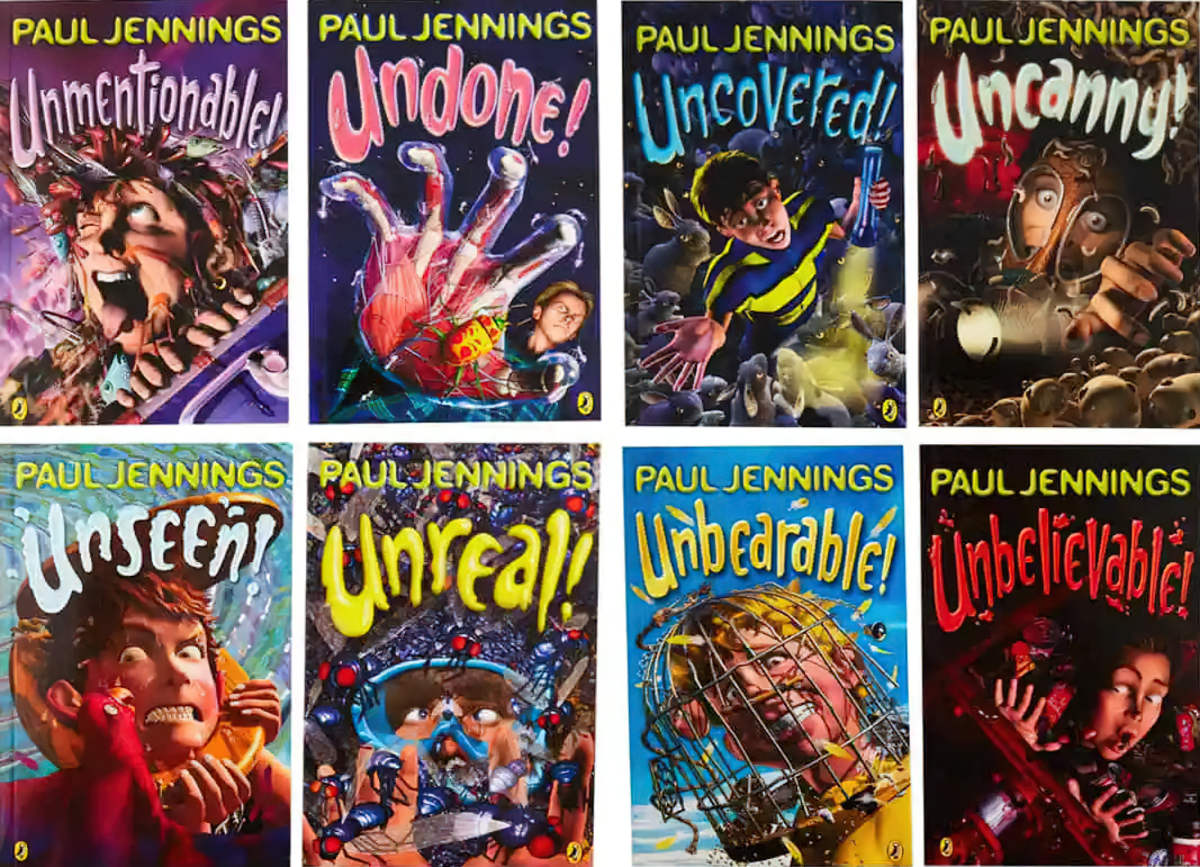
Paul Jennings mastered the tall tale hi-lo children’s story in the 1980s. 30 years on, writers can still learn from his techniques. Other Paul Jennings tropes need to go the way of the dodo.
-
Poof and the Piglet
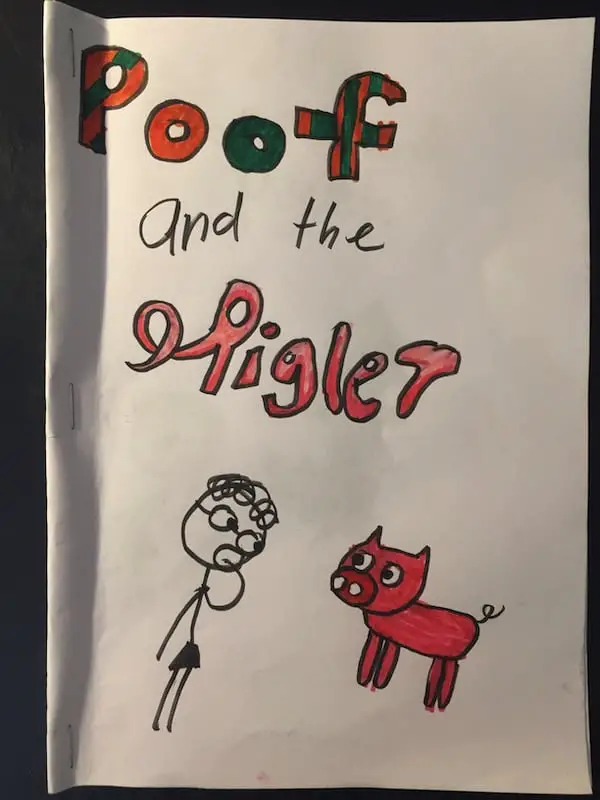
Poof and the Piglet is a homemade picture book written and illustrated by a 10-year-old who was given the title as inspiration. The 10-year-old has also been taught universal story structure. Poof is the star of an entire series of books. Sometimes she has a sidekick called Worm-hoop (an English owl). This time Worm-hoop is
-
Flowering Judas by Katherine Anne Porter Short Story Analysis
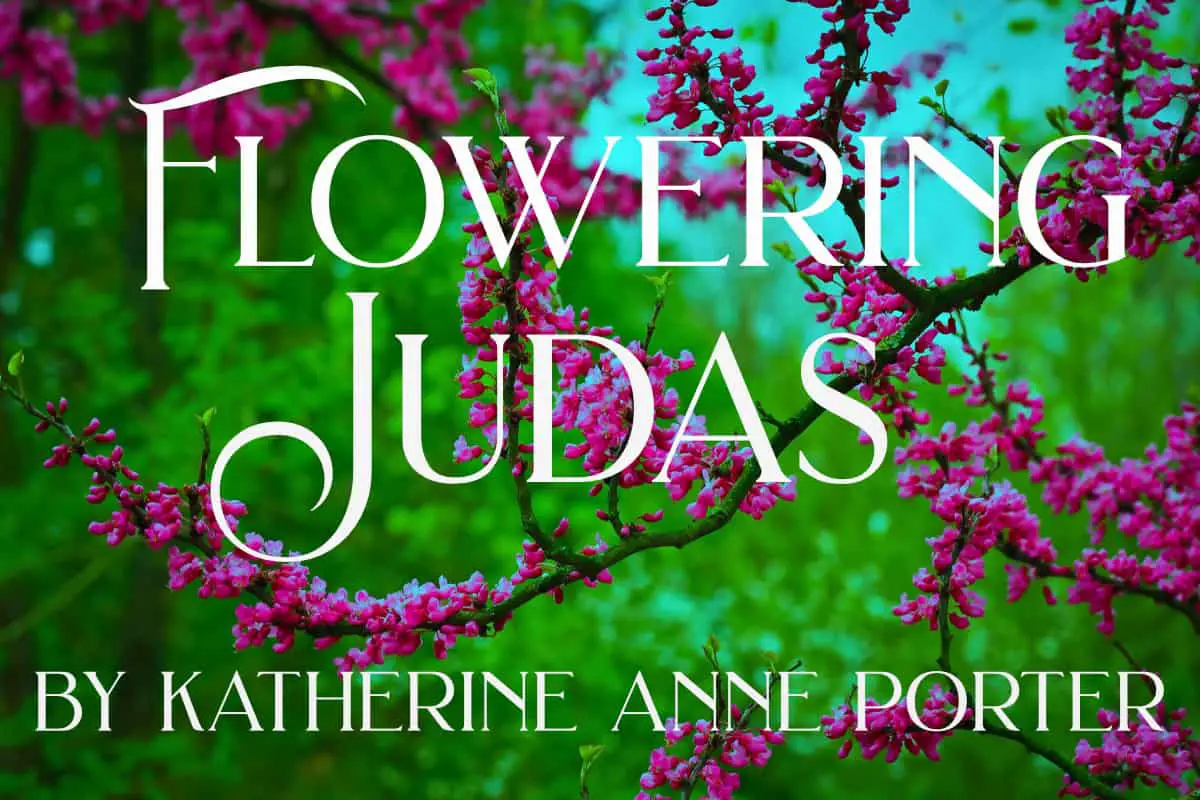
“Flowering Judas” is the standout short story by Pulizer Prize winning Katherine Anne Porter, included in a collection published 1930 when Porter was 40. This short story reminds me of “A Dill Pickle” by Katherine Mansfield. Both stories are clearly about the way in which women are socially acculturated into providing emotional labour for men,
